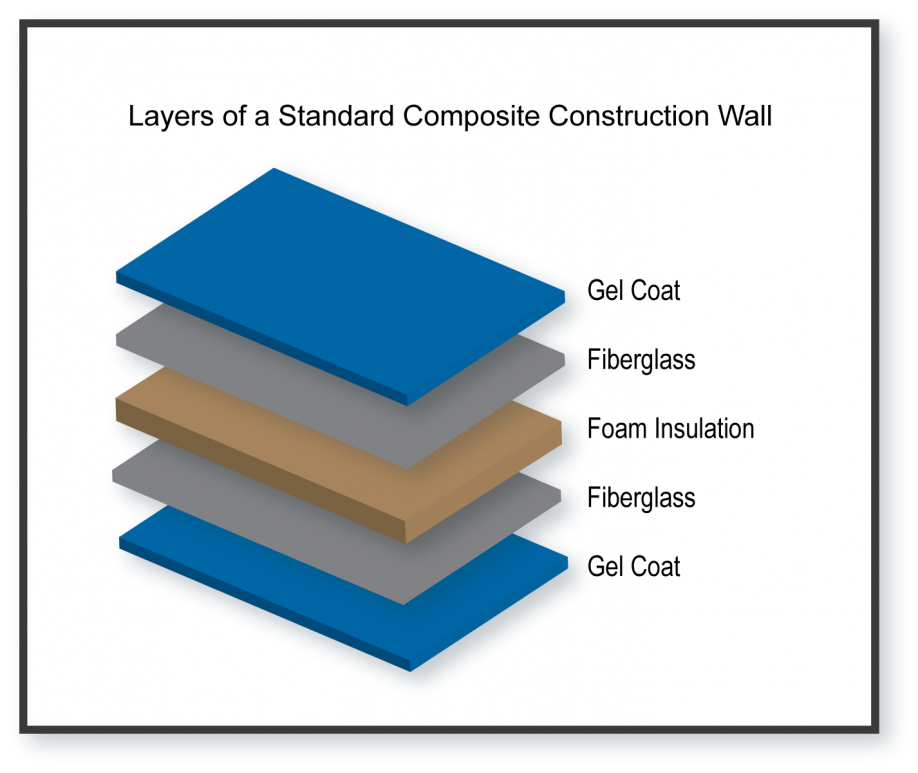Opening the Environmental Benefits of Recycled Compounds in Building And Construction and Design
In the world of building and style, the application of recycled composites holds considerable pledge for improving sustainability methods and lowering ecological effect. The change in the direction of a more sustainable future in these sectors hinges on unlocking the full capacity of recycled compounds.

Ecological Effect Decrease
The decrease of environmental impact via making use of recycled composites in building and construction and design plays a crucial duty in lasting practices. By including recycled compounds right into structure products, the construction market can significantly lower its carbon footprint and add to a more eco-friendly future. These lasting products, made from repurposed plastics, timber fibers, or other recycled components, supply a feasible option to conventional construction materials without compromising on quality or toughness.
Recycled composites aid draw away waste from land fills and reduce the need for removing resources, thus conserving natural deposits. Furthermore, the production procedure of these compounds commonly eats less power and produces less greenhouse gases contrasted to generating virgin materials (composites). This change towards using recycled composites not just reduces ecological injury yet likewise promotes a round economy by motivating the reuse of products that would otherwise be disposed of
Waste Minimization
With a concentrate on reducing waste in building and construction and style, the combination of recycled compounds provides a sustainable option to lower ecological influence. Waste reduction is an essential aspect of sustainable techniques, and making use of recycled composites presents a chance to accomplish this objective properly. By utilizing materials that have already served their first purpose, such as recycled plastics or redeemed timber fibers, the building and layout industries can considerably minimize the quantity of waste created and sent out to landfills.
Recycled composites have the possible to divert significant quantities of waste from traditional disposal methods, adding to a much more round economic situation where sources are made use of effectively. Additionally, the production procedure of recycled composites commonly consumes less energy and generates fewer emissions compared to virgin products, better minimizing the environmental footprint of building and style jobs.
Implementing waste reduction approaches through the unification of recycled compounds not only aids in preserving natural deposits but likewise advertises a more lasting strategy to structure and creating for a greener future.
Power Preservation
Including recycled composites not just reduces waste in construction and layout however additionally plays an essential duty in enhancing energy preservation techniques within the market. Making use of recycled composites in building can significantly add to energy conservation with different means. The manufacturing of virgin products normally calls for considerable energy inputs, whereas making use of recycled compounds eats less energy, therefore lowering general power intake. Additionally, including recycled composites can add to much better insulation properties in structures, lowering the requirement for excessive home heating or cooling, and consequently reducing power usage for climate control. Moreover, the lightweight nature of lots of recycled compounds can lead to lighter frameworks, requiring less power for transport and Bonuses installation. By advertising the usage of recycled compounds in building and construction and layout, the sector can make substantial strides in the direction of achieving power performance and lowering its carbon impact, inevitably adding to an extra sustainable developed atmosphere.
Carbon Footprint Reduction
Enhancing sustainability techniques with the utilization of recycled compounds in building and layout substantially decreases the carbon footprint of the sector. By incorporating recycled materials into the production of composites, the requirement for virgin resources lowers, bring about lower power usage and greenhouse gas discharges associated with conventional production processes. This reduction in carbon impact is crucial in combating climate adjustment and promoting an extra eco-friendly technique to construction and design.
The carbon footprint decrease attained through the fostering of recycled composites lines up with the international press in the direction of lasting practices and the reduction of industrial exhausts. Ultimately, by prioritizing the combination of recycled composites, the industry can make considerable strides in reducing its why not find out more carbon footprint and contributing to a more sustainable future.
Lasting Future
The combination of recycled compounds in building and layout not just addresses instant environmental concerns however additionally lays a solid foundation for a lasting future in the industry. By incorporating recycled compounds into structure materials and items, the building and construction and design fields can substantially lower their reliance on virgin sources, causing a much more circular economic climate. This change in the direction of sustainability is vital for minimizing the environmental effect of typical construction practices, which commonly result in high degrees of waste generation and resource depletion.

Verdict
Finally, recycled composites use substantial environmental advantages in building and design by reducing environmental influence, reducing waste, conserving power, lowering carbon footprint, and promoting a lasting future. Accepting the usage of recycled compounds can add to a more environmentally-friendly strategy to building and style, eventually bring about a more sustainable and greener future for all.
The decrease of ecological influence through the use of recycled composites in building and design plays a vital role in sustainable methods.With a focus on minimizing waste in construction and design, find more information the integration of recycled compounds provides a lasting service to lower ecological impact. By advertising the use of recycled composites in construction and style, the industry can make substantial strides in the direction of achieving power efficiency and lowering its carbon footprint, eventually contributing to a much more lasting built atmosphere.
